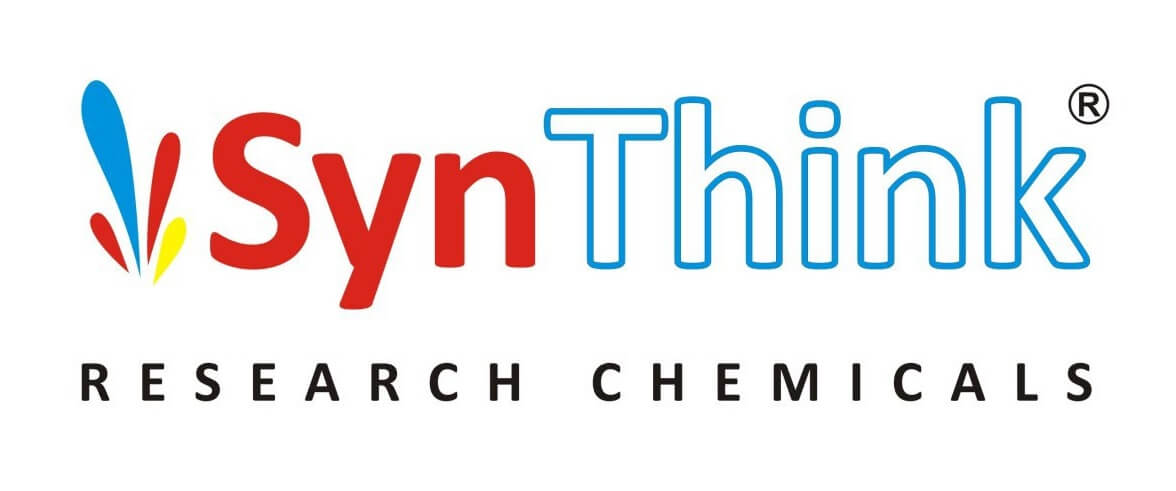Working Standards vs. Reference Standards: Understanding the Key Differences in the Pharmaceutical Field
Pharmaceutical manufacturing is a complex process that requires a high level of precision and accuracy. Working standards and reference standards are two important terms that are used in this field. These terms may seem similar, but they have distinct meanings and purposes. In this article, we will explore the difference between working standards and reference standards in the pharmaceutical industry.
What are Working Standards?
Working standards are defined as the samples of a drug or substance that are used as a reference during the manufacturing process. These standards are prepared by the manufacturer and are typically calibrated against a reference standard. The purpose of working standards is to ensure that the manufactured product is consistent and meets certain specifications. Working standards are used to measure the quality of a product during its production and are typically used in the laboratory.
The Importance of Working Standards
Working standards are essential to the pharmaceutical industry because they ensure that the final product meets the required quality and safety standards. These standards are used during the manufacturing process to monitor the quality and consistency of the product. The use of working standards allows manufacturers to detect any variations or deviations from the expected standards and take corrective actions.
Working standards are also used during product development to ensure that the product is stable and consistent. These standards are used in the laboratory to test the product for quality and consistency. Working standards are particularly useful when a new product is being developed, as they provide a benchmark for the product’s quality and consistency.
What are Reference Standards?
Reference standards, on the other hand, are highly purified samples of drugs or substances that are used to establish the identity, strength, quality, and purity of a manufactured product. Reference standards are usually obtained from a recognized source, such as a pharmacopeia, and are used to verify the accuracy of working standards. The use of reference standards ensures that the manufactured product meets the standards set by regulatory authorities and the pharmacopeia.
The Importance of Reference Standards
Reference standards are critical to the pharmaceutical industry because they ensure that the final product meets the required quality and safety standards. These standards are used to verify the accuracy of working standards and to ensure that the final product meets regulatory standards. The use of reference standards is particularly important when the product is being tested for compliance with regulatory requirements.
The use of reference standards is also important in the testing and analysis of pharmaceutical products. These standards are used to compare the properties of the manufactured product with those of the reference standard. The use of reference standards allows for accurate and precise measurements of the product’s quality, identity, strength, purity, and consistency.
The Relationship Between Working Standards and Reference Standards
Working standards and reference standards are interrelated. Working standards are calibrated against reference standards to ensure that they are accurate and reliable. The use of reference standards in this way ensures that the working standards are consistent and meet the required specifications. Reference standards are also used to verify the accuracy of the final product. By comparing the final product to the reference standard, the manufacturer can ensure that the product meets the required regulatory standards.
Key Differences between Working Standards and Reference Standards
Working standards and reference standards have several key differences. One of the most important differences is their purpose. Working standards are used during production to monitor the quality and consistency of the product, while reference standards are used to verify the accuracy of working standards and to ensure that the final product meets regulatory standards.
Another key difference between working standards and reference standards is their source. Working standards are typically created by the manufacturer and are calibrated against a reference standard. Reference standards, on the other hand, are usually obtained from a recognized source, such as a pharmacopeia.
Working standards and reference standards also differ in terms of their use. Working standards are usually used in the laboratory to test the product for quality and consistency. Reference standards, on the other hand, are typically used in the final testing of the product to ensure that it meets the required specifications.
In conclusion, working standards and reference standards are both important in the pharmaceutical industry, but they serve different purposes.




